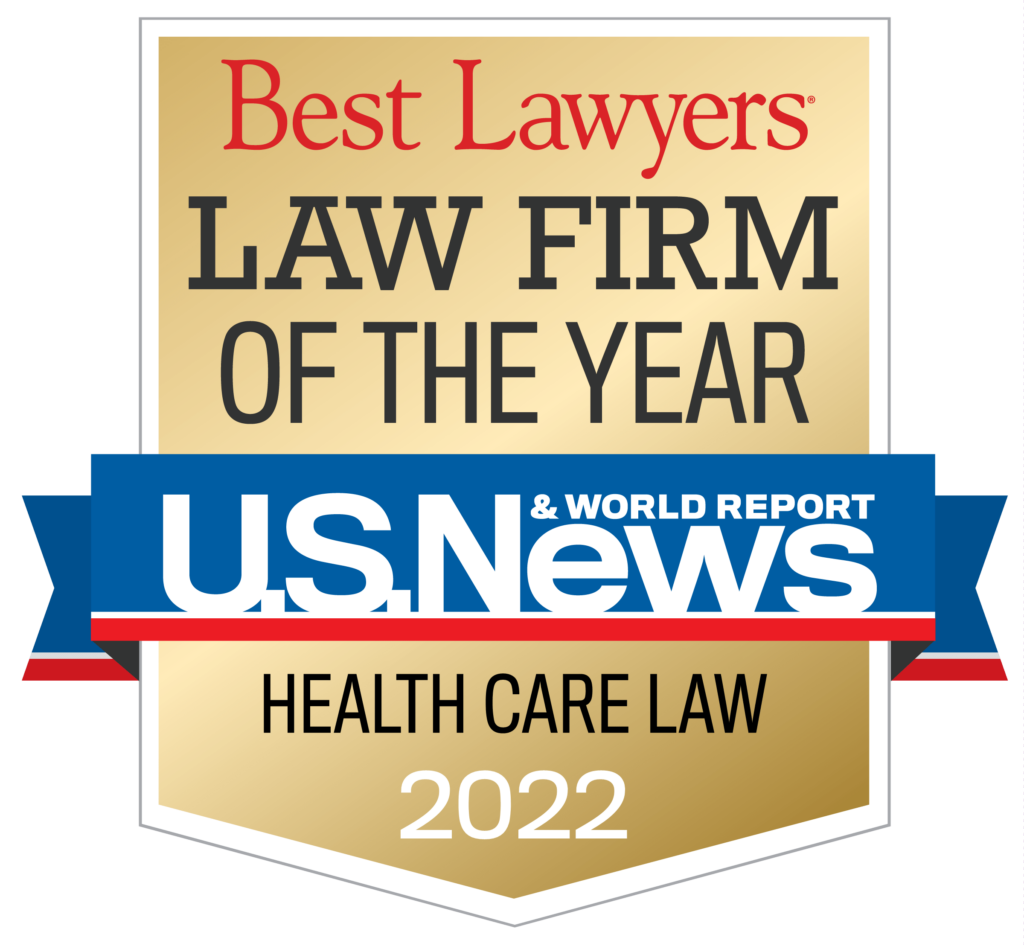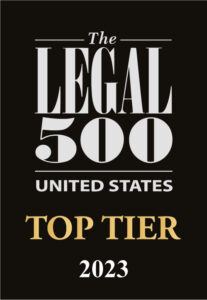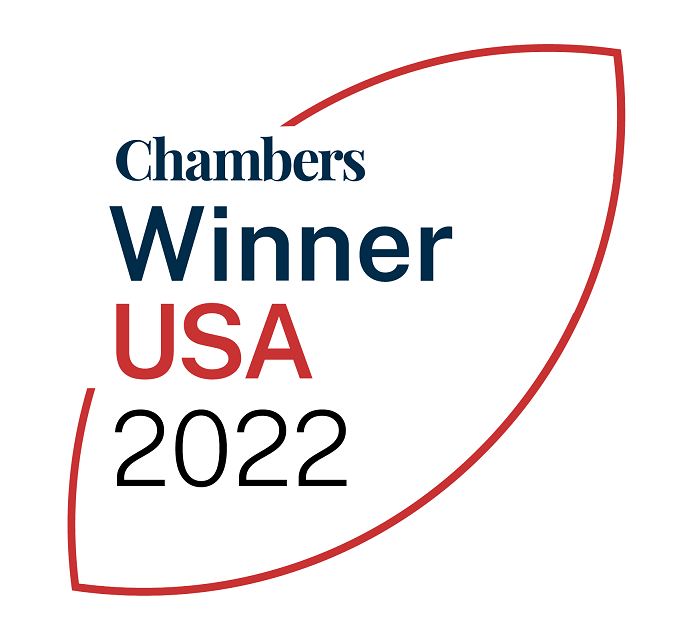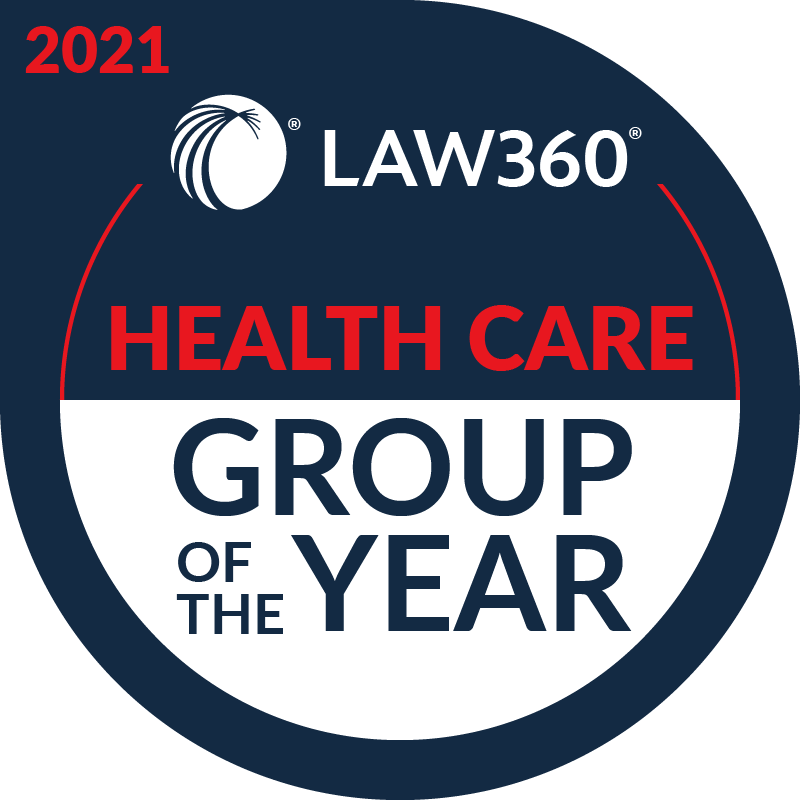As the healthcare industry continues to cope with the Coronavirus (COVID-19) and form strategic and short- and long-term plans, providers are faced with numerous decisions that have critical antitrust implications. Whether seeking to collaborate with competitors for pandemic response or exploring potential transactional opportunities, there are both traditional antitrust guidelines and COVID-specific developments applicable to these business decisions. We discussed these important issues on our May 20 webinar. Below are top takeaways from the program. For a deeper dive into these issues, listen to our webinar recording.
Competitor collaborations
- Antitrust compliance remains an important priority in the US. While companies have been engaged in finding creative solutions to COVID-19 challenges and regulators are expressing a willingness to be more flexible in interpreting and enforcing the law, the pandemic is not a carte blanche to engage in anti-competitive activity.
- Regulators are more prone to accept collaborations limited in scope to respond to COVID-19 and its aftermath, and arrangements undertaken at the behest of or in partnership with government actors. Companies should avoid high-risk conduct such as direct exchanges of competitively sensitive information.
- Procompetitive agreements not relating to price, wages or market/product allocations remain possible. Companies should conduct an antitrust analysis before entering new collaborations and consider whether it would be helpful or advisable to engage with federal antitrust authorities or state governments to receive feedback.
Avoiding antitrust violations in labor markets
read more

 Subscribe
Subscribe




